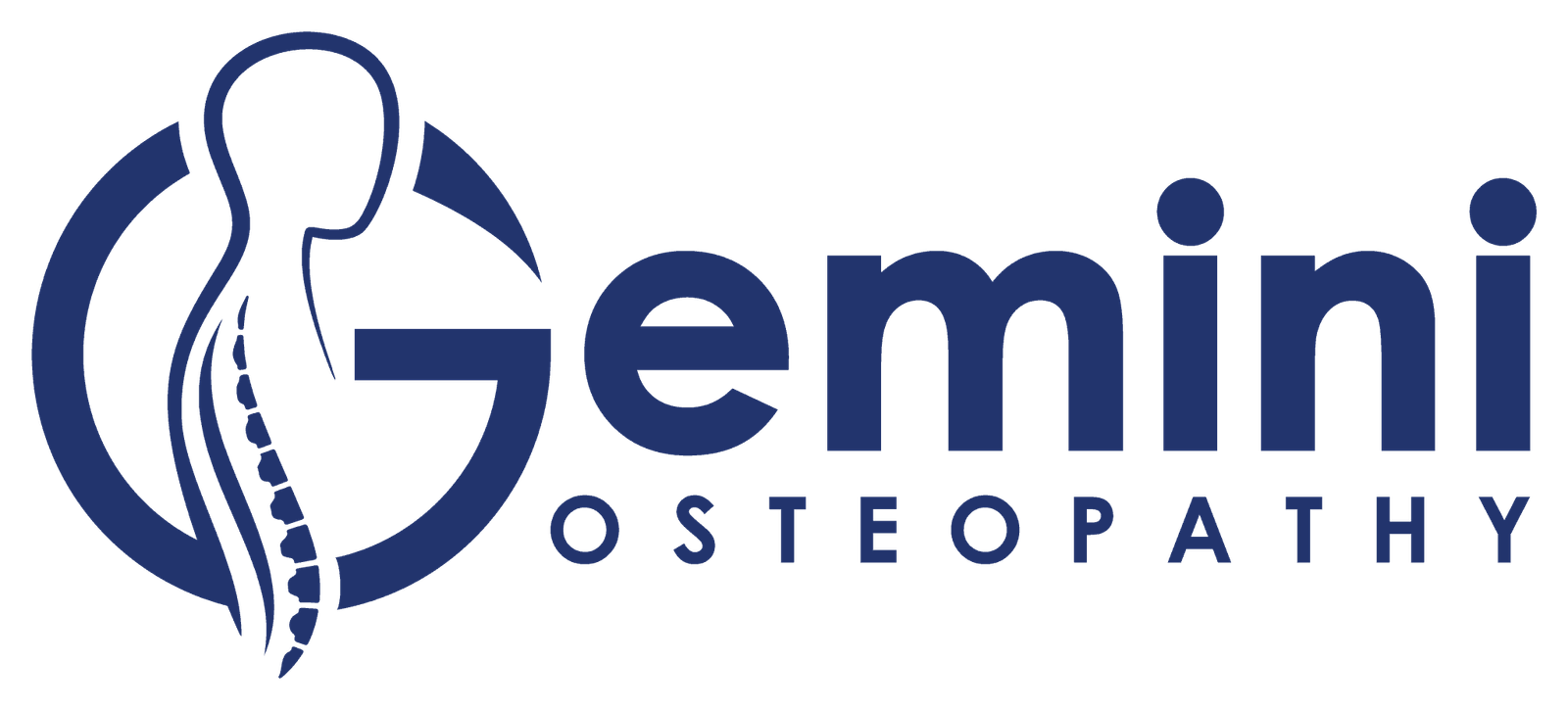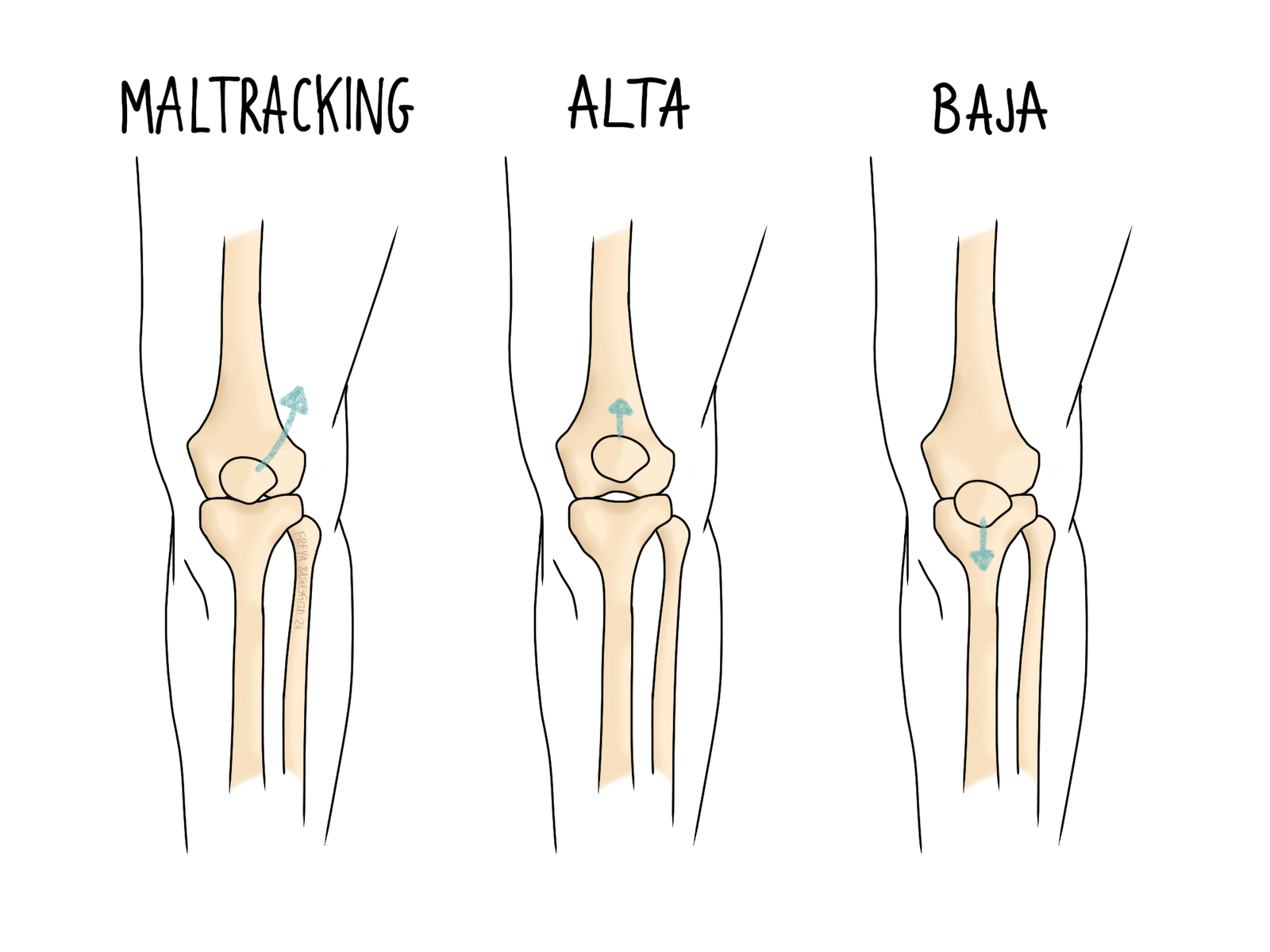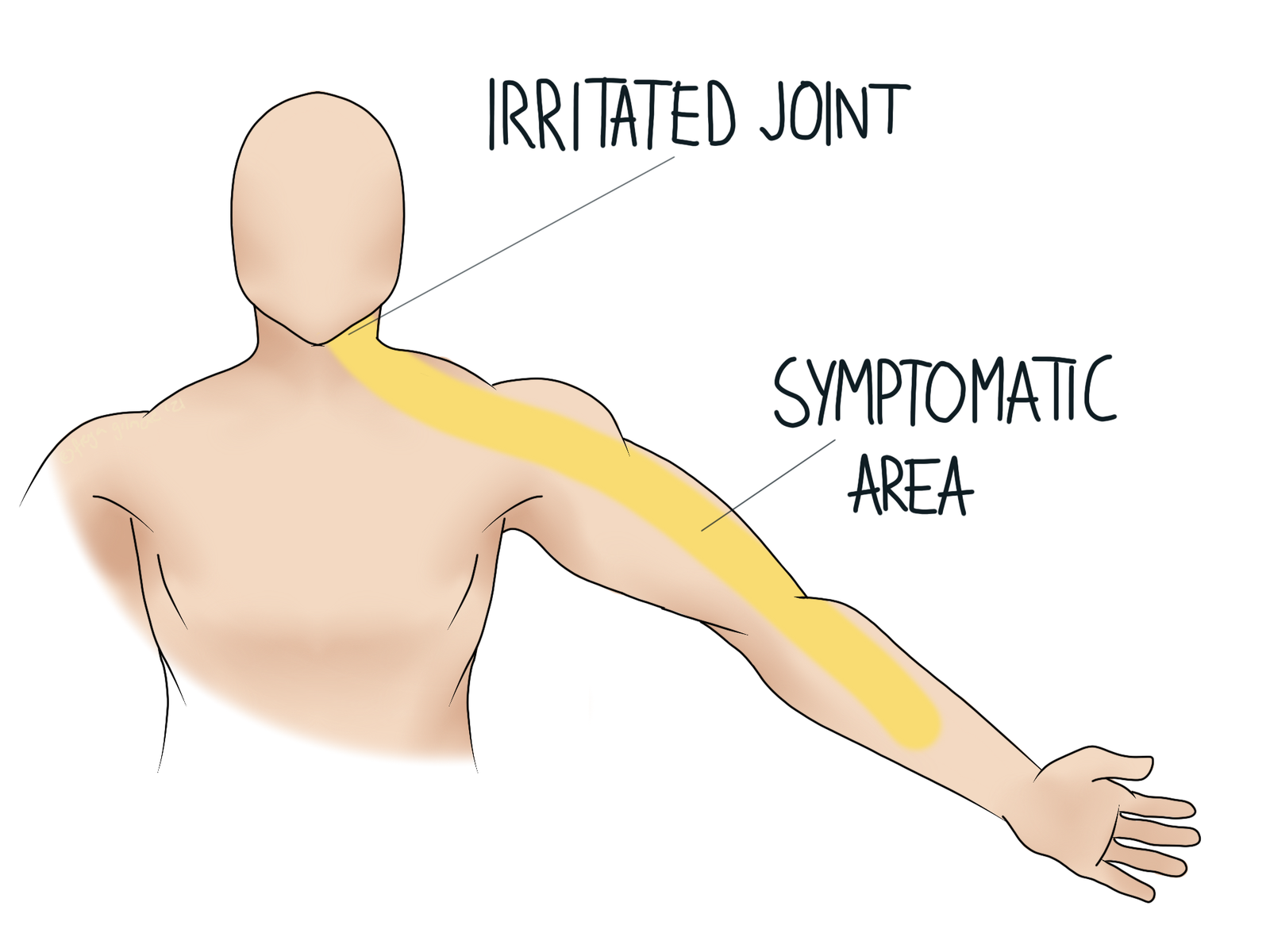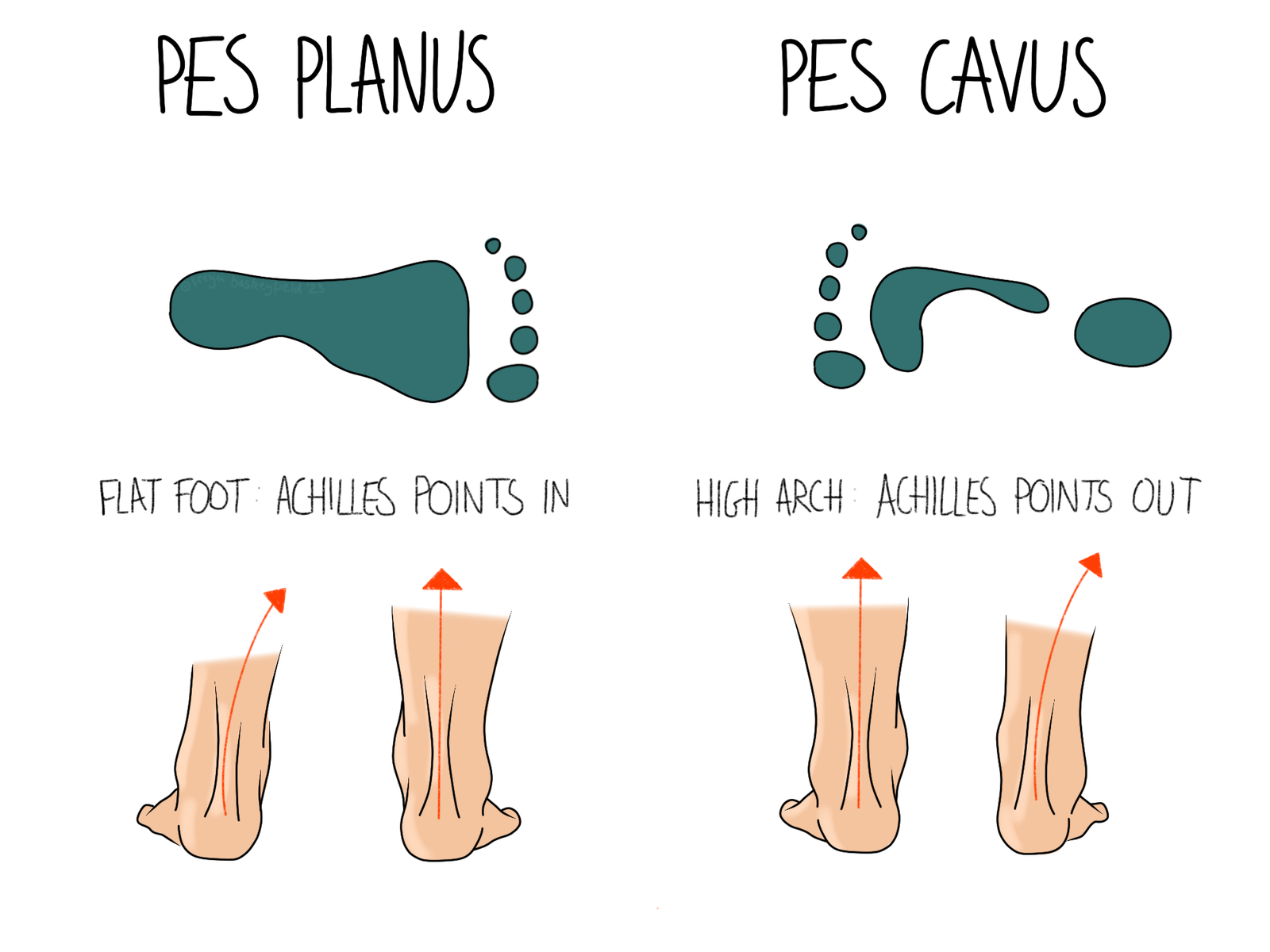The knee cap (patella) is an unusual feat of physics. It's a bone sitting suspended…
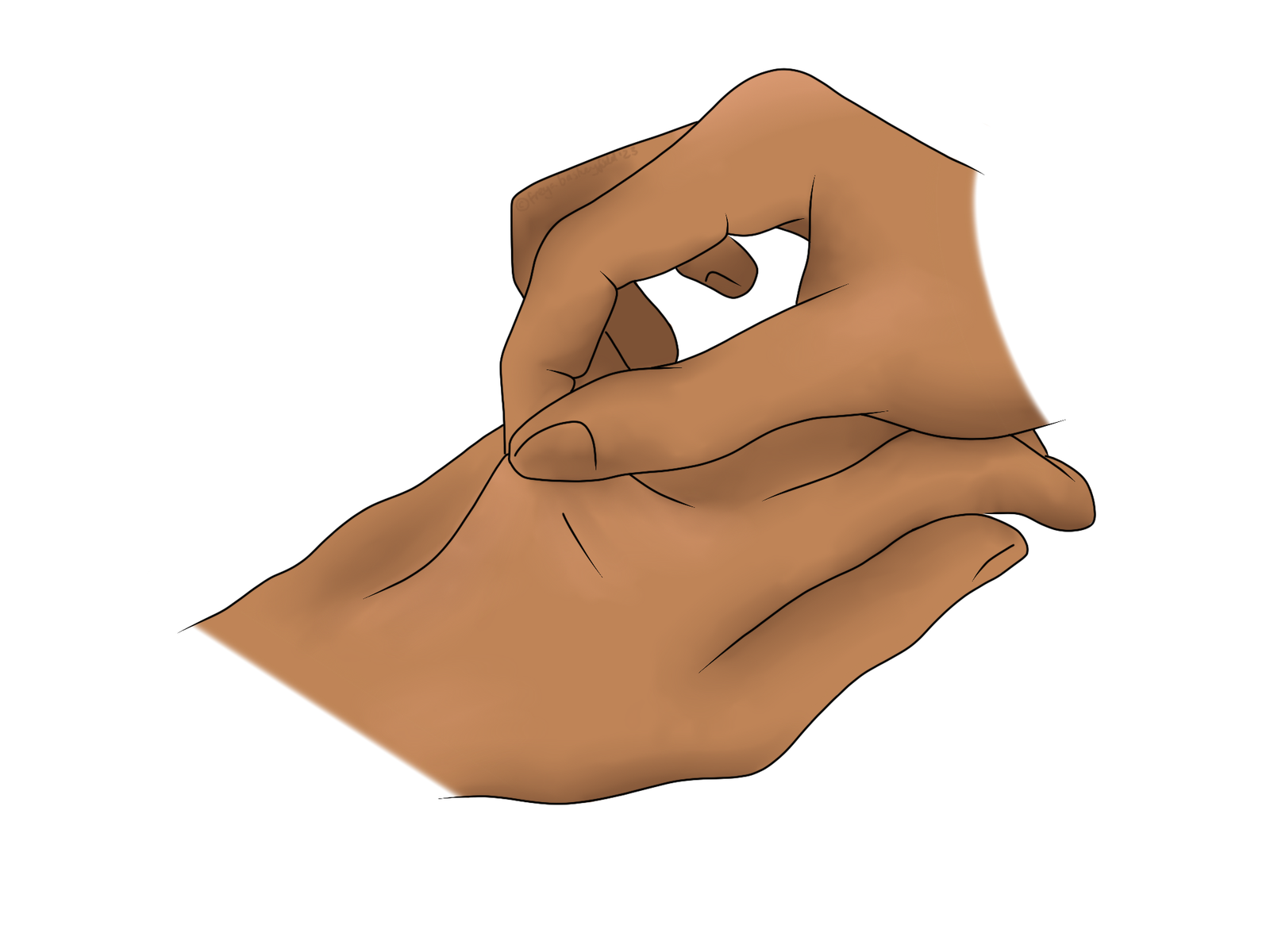
Ehlers Danlos Syndrome
Ehlers-Danlos Syndrome is an umbrella term for a number of rare connective tissue disorders. The most common is the hypermobile type (hEDS), which accounts for about 90% of cases. Classical (cEDS) and vascular (vEDS) are the next most common, with a further 10 types accounting for the rest of the cases.
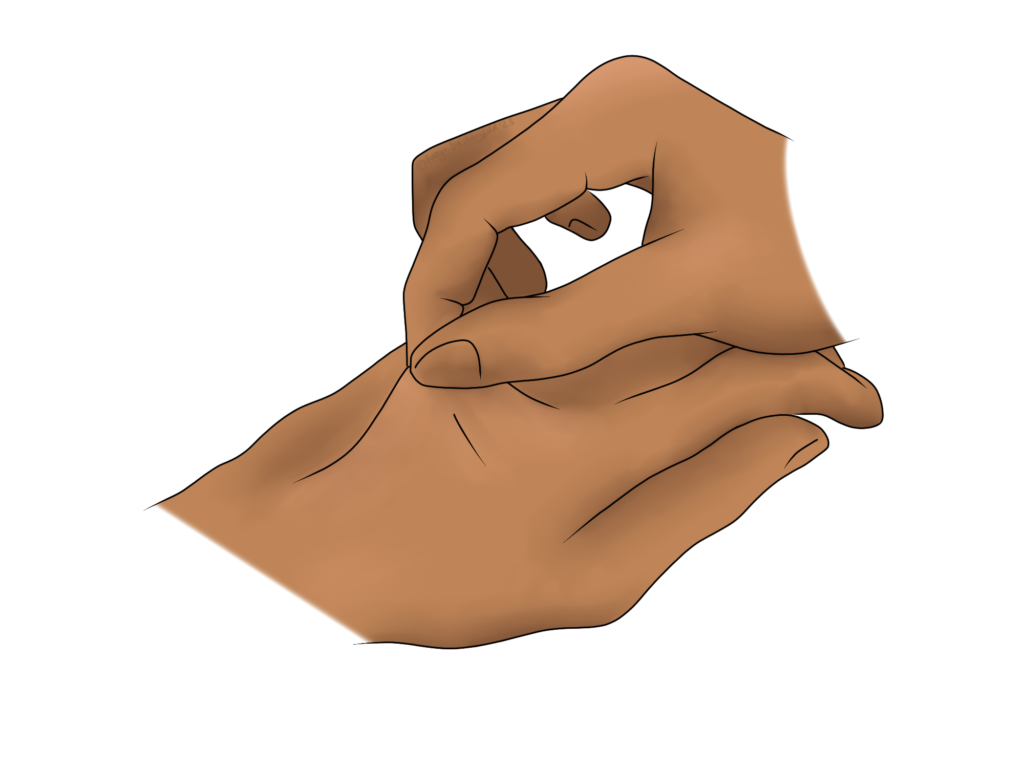 The condition is relatively rare, and can be difficult to identify. As a result, diagnosis can be slow. One study suggests that the time between the first symptom and diagnosis may take, on average, as long as 19 years. In the meantime, it may be written off as benign hypermobility.
The condition is relatively rare, and can be difficult to identify. As a result, diagnosis can be slow. One study suggests that the time between the first symptom and diagnosis may take, on average, as long as 19 years. In the meantime, it may be written off as benign hypermobility.Signs and Symptoms of Ehlers-Danlos Syndrome
The different forms of EDS present in different ways, but all types are associated with:
- joint hypermobility: joints are more bendy than expected
- stretchy skin: skin can be pulled further than normal
- fragile tissues: skin, muscles, and organ tissues are more prone to injury, and may take longer to heal
- higher rates of pelvic organ prolapse
Patients may present to an osteopath with EDS (whether or not the condition has been diagnosed) as a result of any of these symptoms. Anecdotally, joint hypermobility is a common cause for discomfort among patients with EDS. This can lead to:
- joint dislocations or subluxations
- muscle strains (especially if already prone to injury due to fragile tissues)
- predisposition to osteoarthritis
These issues can cause widespread aches and pains, from headaches to plantar fasciitis.
Managing Hypermobility
We’ve written before about the aches and pains associated with having more joint mobility than normal. In brief, when ligaments are not effective in limiting movement, something else has to take over. This could be muscle, so strengthening the muscles around a hypermobile area is a potential approach. EDS is complicated, but strengthening could be one part of the treatment plan. A strengthening plan will be tailored just for you, taking into consideration which movements might over-stress the joints and what fits in best with your lifestyle. We expect that it will take longer than average to reach your strengthening goals if you have EDS due to the potential vulnerability of the muscles. Slowly increasing the intensity of your strength training is especially important with this in mind.
Association with Arthritis
Osteoarthritis is a condition of “wear and tear” or overuse. As EDS leads to hypermobility and potential dislocations, it does encourage overuse of the joints. People often think that a diagnosis of arthritis is the end of the road, and that they just need to wait until their symptoms get bad enough to need a joint replacement. But with early intervention, this is not always the case.
Managing your hypermobility as mentioned above, before the first signs of arthritis develop, is the best thing you can do to minimise your risk of arthritis. If you are starting to feel joint pain, grinding, or crunching, it may still be early enough to intervene. In early arthritis, the cartilage is the affected tissue. Although it is slow to heal, it is living tissue, and responds well to treatment to encourage better movement. This will need to be combined with strengthening. With a comprehensive plan, we can aim to slow the progress of arthritis and minimise its effects elsewhere in the body.
Click here to make an appointment for your EDS aches and pains in Farnborough
